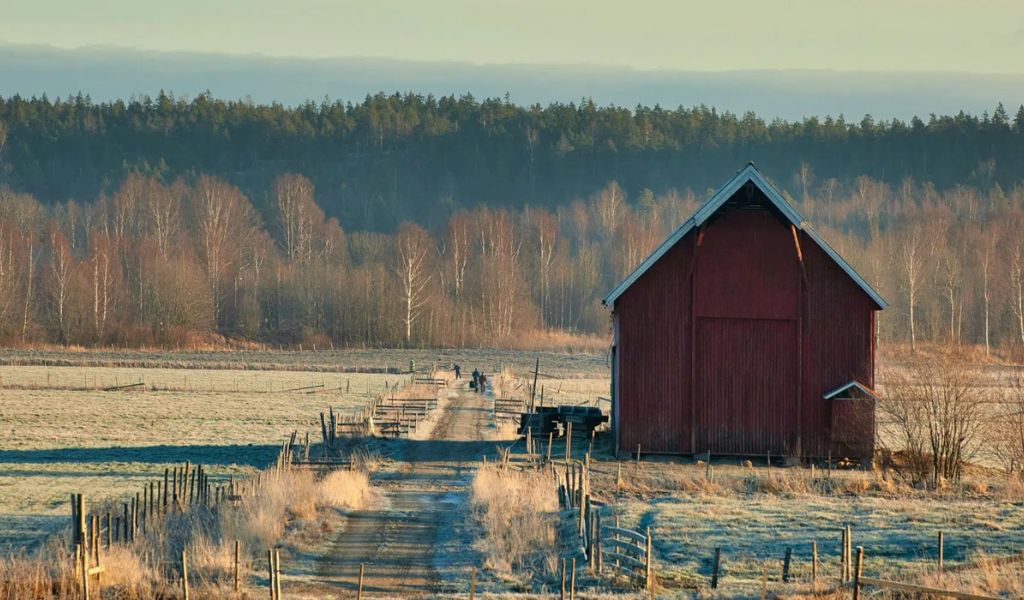These winter days are by no means a time for relaxation for Ohio farmers like Chuck Sayre of Portage County. Although his fields do not require his attention at this time, his equipment does.
He explained, “We maintain and repair what we have throughout the winter.”
This is significant since the tractor they are using today was bought for over half a million dollars a few years ago; its replacement would now come with a price tag of about a million dollars.
Sayre stated, “And so, the price has doubled, but what we get back for our crop is going down, not up.”
According to the U.S. Department of Agriculture, Ohio farmers received less money for their crops in 2023 and would receive much less in 2024—a decrease of perhaps 25% or more during a period when the cost of growing crops is continuously rising.
Sayre stated, “In terms of profit, we’re at an all-time low for what we’re selling compared to what we’re spending.” And for the last two months, it has been declining steadily every month. The location of the bottom is unknown. Prices are constantly declining for the grain we sell for what we get paid for it.
Additionally, he is not alone in needing to make adjustments, according to the Ohio Farm Bureau staff.
According to Ohio Farm Bureau’s Ty Higgins, “There is going to be a tightening of the belt, so to speak, across Ohio agriculture this year; things on the farm will have to change.”
He blamed a number of variables, including foreign trade agreements themselves, supply and demand, and the influence of cost and logistics on the crucial foreign markets.
“We must locate additional trading partners worldwide,” Higgins stated. “To help farmers get past 2024 and be able to see a profit in years to come, there are things that we need to be doing on the trade and political fronts.”
Sayre continued, “Those who purchase our products, China and other nations that purchase our worldwide product, can purchase it from other nations at a lower cost because those nations lack the regulations that we do, such as those pertaining to fertiliser and diesel fuel, allowing them to purchase goods on the global market at a lower cost.” “We Americans are not able to compete with what is going on in the world.”
Farmers are frequently impacted by two Ws: Washington and the weather. Since 2018, we have documented the Sayre Farm’s struggle with both the pandemic, the war in Ukraine, and the ensuing spike in petroleum prices that have affected the cost of everything from the diesel their tractors require to run to the fertiliser needed to treat their crops. The pandemic and the China Tariff War of 2018 have also had a significant impact on the U.S. soybean market. Still, they are no less robust than any farmer.
“Farming has always been a roller coaster, it’s always been up and down and farmers understand that,” Sayre stated. Having said that, “we’re going to have to start making adjustments because we didn’t expect what we’re getting paid for the crop to be so low.”

